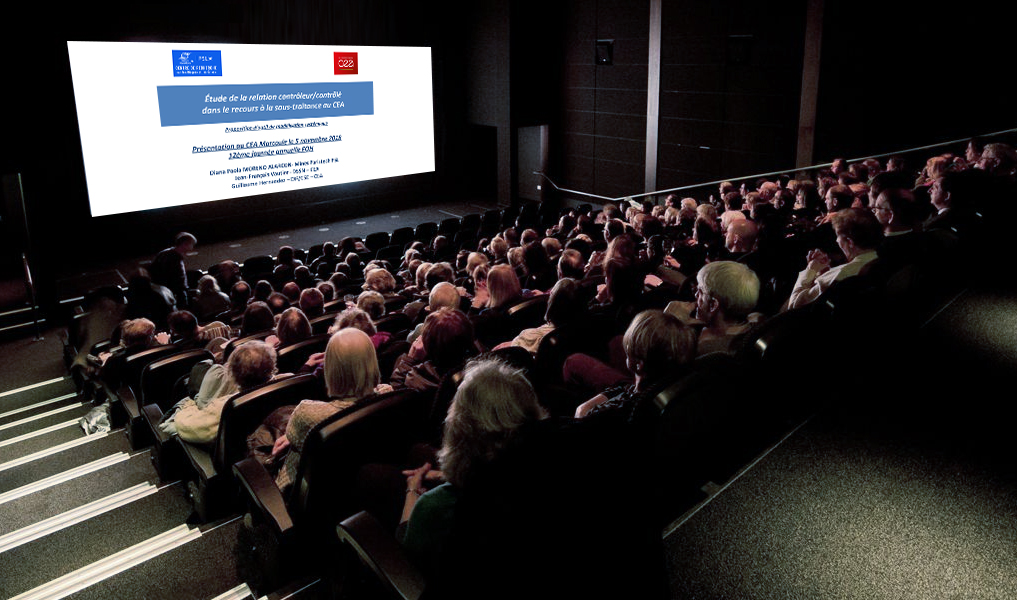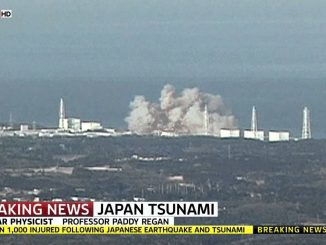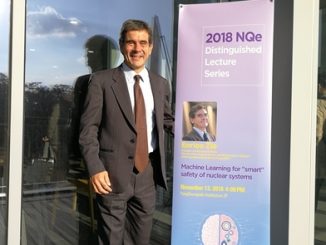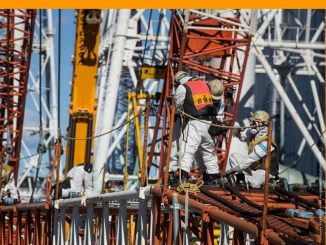Diana Paola Moreno Alarcon, Ph.D. Candidate at the CRC, presented at the 12th Annual Human & Organizational Factors (HOF) Day organized by the French Alternative Energies & Atomic Energy Commission’s (CEA) on November 5th, 2019 at Marcoule.

With nine research centres across France, the CEA is a key player in research, development and innovation of nuclear and renewable energies. For the past 12 years, the CEA has been organizing “The Annual HOF Day” to provide additional knowledge and to exchange experiences on HOF through testimonials from CEA employees and external orators from other high-risk industries. This year’s theme “Human and Organizational Factors in the extended organization: training subcontractors and controlling their activities”, included Keynote speakers from the SNCF and Airbus, as well as speakers from the CEA HOF network (relays, correspondents, and specialists).
Diana Paola Moreno Alarcon presented a session entitled “The Study of the Contractor/ Subcontractor Relationship at the CEA: A Systemic Modeling Tool Proposal”. This research project is in collaboration with Jean-François Vautier and Guillaume Hernandez, Human and Organizational Factors Pole Specialists (DSSN & DIF/CSE) at the CEA.
Diana Paola Moreno Alarcon’s work focuses on Management Control Systems (MCS) used in risk and safety management of subcontractors at the CEA. She illustrated how CEA managers across three nuclear facilities, executing similar subcontracting activities (but varying in size and in managerial configurations), implement contrasting leadership styles in their management of safety and human organizational factors. The study proposes a new approach to risk & safety management, underpinned by systems thinking, which applies safety leadership principles to re-inforce risk prevention by overcoming the limits of MCS. This approach, observed in the nuclear facilities, consists of integrating safety leadership practices into the application of a series of informal controls, thus creating a significant impact on the organization’s safety management practices.
In her research, Diana Paola Moreno Alarcon detailed the modes of control and the interactions observed in the nuclear facilities in order to model and balance these control relationships through a systemic tool. The implementation of Ago-Antagonistic Systems made for a pertinent systemic concept to model and balance the types of control. The term “Ago-antagonistic” is composed of two terms: agonistic meaning “parallel positive effects”; and antagonistic meaning “opposite effects”. These two terms that are simultaneously opposite and commentary, and at first glance appear to exclude one another, but are in fact indissociable to the understanding of the phenomenon. In her research she parallels Preventive Controls and Detective Controls that make up the two ago-antagonistic poles of Control. A third element – Empowerment Leadership, appears to be a gearshift for several changes to Rebalance Preventive and Detective Controls within the three nuclear facilities. Due to Systemic Thinking, we know that minute changes to Ago-antagonist couples (Prevention / Detection) in connection with Empowerment Leadership, can impact and improve the security and safety of the whole system. More specifically, an appropriate combination of control and leadership, observed at several nuclear facilities, is crucial as it: (1) encourages new safety suggestions and strengthens the environment for reporting near misses or minor occurrences; (2) strengthens the organization’s commitment to safety, empowering subcontractors through information sharing, and (3) allows subcontractors at all levels of the organization to contribute by immediately reporting security or safety issues; thereby encouraging new ideas and initiatives, while improving safety participation and compliance at multiple levels of the organization.
Therefore, by promoting dimensions of the empowerment leadership model, managers can detect inadequate safety behaviours or results (through MCS) and transform them using safety leadership practices; encouraging a “united contractor and subcontractor entity” that reinforces descending and ascending exchanges within the organization structure.
Further information on the research papers discussed during the presentation can be found here and here.







